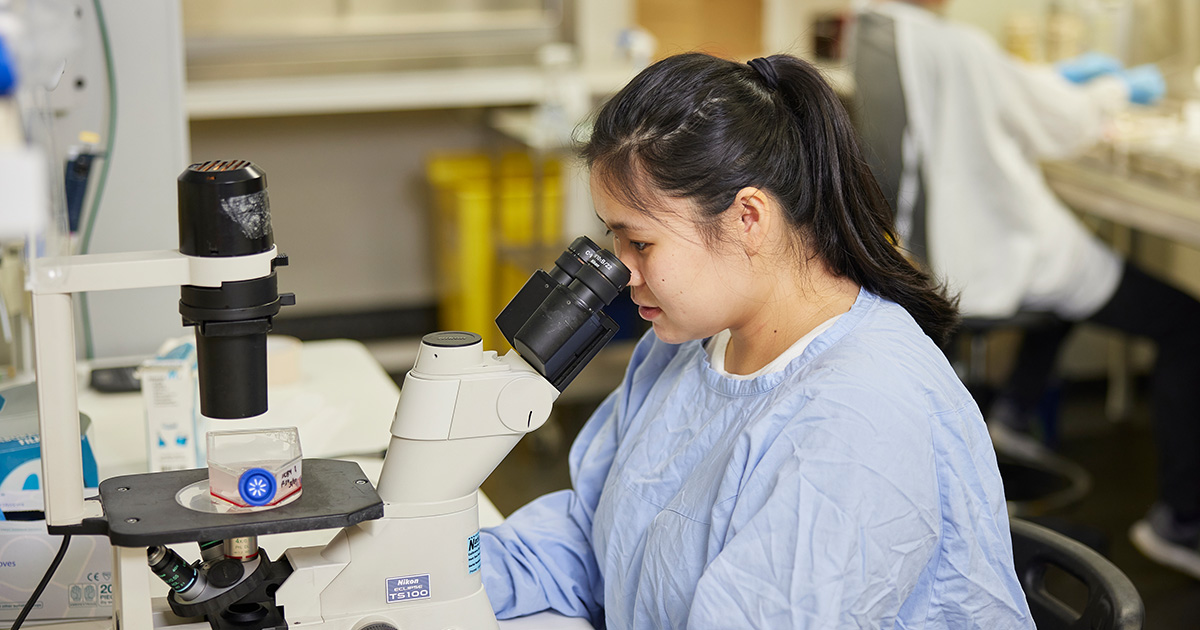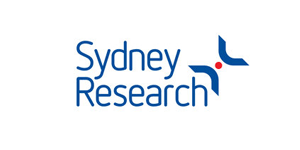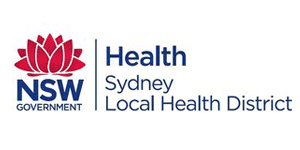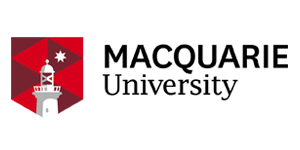The Woolcock Institute of Medical Research

Working from the bottom up
When Distinguished Professor Brian Oliver, research leader of the Woolcock’s Respiratory Cellular and Molecular Biology group, was asked to speak about his work to a group of his colleagues recently, he chose instead to talk about the work of his PhD students.
Professor Oliver is well-known worldwide for his research in asthma, COPD and the effects of cigarettes and vaping on lung health. Within the Woolcock, he supervises anywhere up to a dozen students in our state-of-the-art lab facilities as they investigate the basic science behind respiratory diseases.
It was these students and his collaborators that he chose to speak about because, he said, “that’s my career” quoting Asia’s first Nobel Prize winner C. V. Raman who said: “It is generally believed that it is the students who derive benefit from working on the guidance of a professor. In reality, the professor benefits equally by his [or her] association with gifted students working under him [or her].”
COLLABORATION AND MENTORSHIP
The Woolcock Institute of Medical Research was established in 1981 by Professor Ann Woolcock, who made a point of creating a place where collaboration, conversation, the sharing of ideas, stimulating debate and innovative thinking thrived. The Woolcock’s move to Macquarie Park has created further opportunities, with our basic scientists now working side-by-side in the one lab.
Opportunities for connection at the Woolcock mean that researchers in other areas understand the contribution that basic scientists can make to their work, according to Professor Oliver’s predecessor and Woolcock Distinguished Alumnus Judy Black.
“Brian’s always been so full of ideas, enthusiasm and a can-do attitude,” she says. “Which makes him a wonderful collaborator and mentor to the next generation of basic scientists and researchers.”
It's a trait common to many of the Woolcock’s research leaders including recently retired Executive Director Professor Carol Armour, who was awarded the prestigious Eureka Prize for Outstanding Mentor of Young Researchers in 2020.
Want to stay up to date with our research on sleep and respiratory conditions?
Sign up to our monthly newsletter
IDEAS AND ENTHUSIASM
Professor Oliver’s enthusiasm for his students’ work means that, although he’s best known for his own research on COPD, his time at the Woolcock is increasingly being spent looking at the effects of air pollution which is their focus. And that’s what he wanted to talk to his colleagues about.
Min Feng is a respiratory physician working on developing a non-smoking in vivo (mouse) model testing exposure to low dose air pollution for 12 weeks and then measuring a whole range of things - lung function, the degree of emphysema, and inflammation. “What we find is that these mice have an inflammatory response somewhat consistent with COPD as we know it. Much of Min’s PhD will be on model development and I hope this model will be useful to researchers all over the world – that’s why we’re going through the effort.”
Meng Wan, is a pathologist who is treating cells, in vitro, with air pollution for 12 months to see if it will induce the traits of cancer and co-supervised by Professor Oliver and Woolcock Centre for Lung Cancer director Professor Maija Kohonen-Corish. “It’s a speculative question. It’s a long-term model – anyone who’s done cell culture before will know that doing it for 12 months is unusual, difficult, but Meng has taken on the challenge.”
Xu Bai’s PhD also revolves around air pollution and has two arms. “She has done an in vivo model to see if we can do anything to prevent the inflammation caused by air pollution. We used a whole range of antioxidants but vitamin C is the only one that worked. She’s also developing an in vitro model, exposing epithelial cells to air pollution."
Michaela Smith is also working on air pollution, but from space. “She is now back at the Woolcock to do a PhD, but for her Honours work she got hold of air pollution which is found on the moon (lab-created simulations of lunar dust) and compared it to earth dust. The lunar dust essentially isn't that bioactive, it didn’t induce as much inflammation in her experiments. The earth dust is much more immunogenic so maybe moving to the moon is an option for us all.”
HANDS-ON EXPERIENCE
Professor Oliver’s closing words came from Indira Gandhi: “There’s two kinds of people in the world, those that do the work and those that take the credit. Try to be in the first group, there's less competition there.”
Words – and attitudes – that will ensure that Woolcock researchers continue to make breakthrough discoveries that improve the lives of people with respiratory disease and sleep disorders for many years to come.










